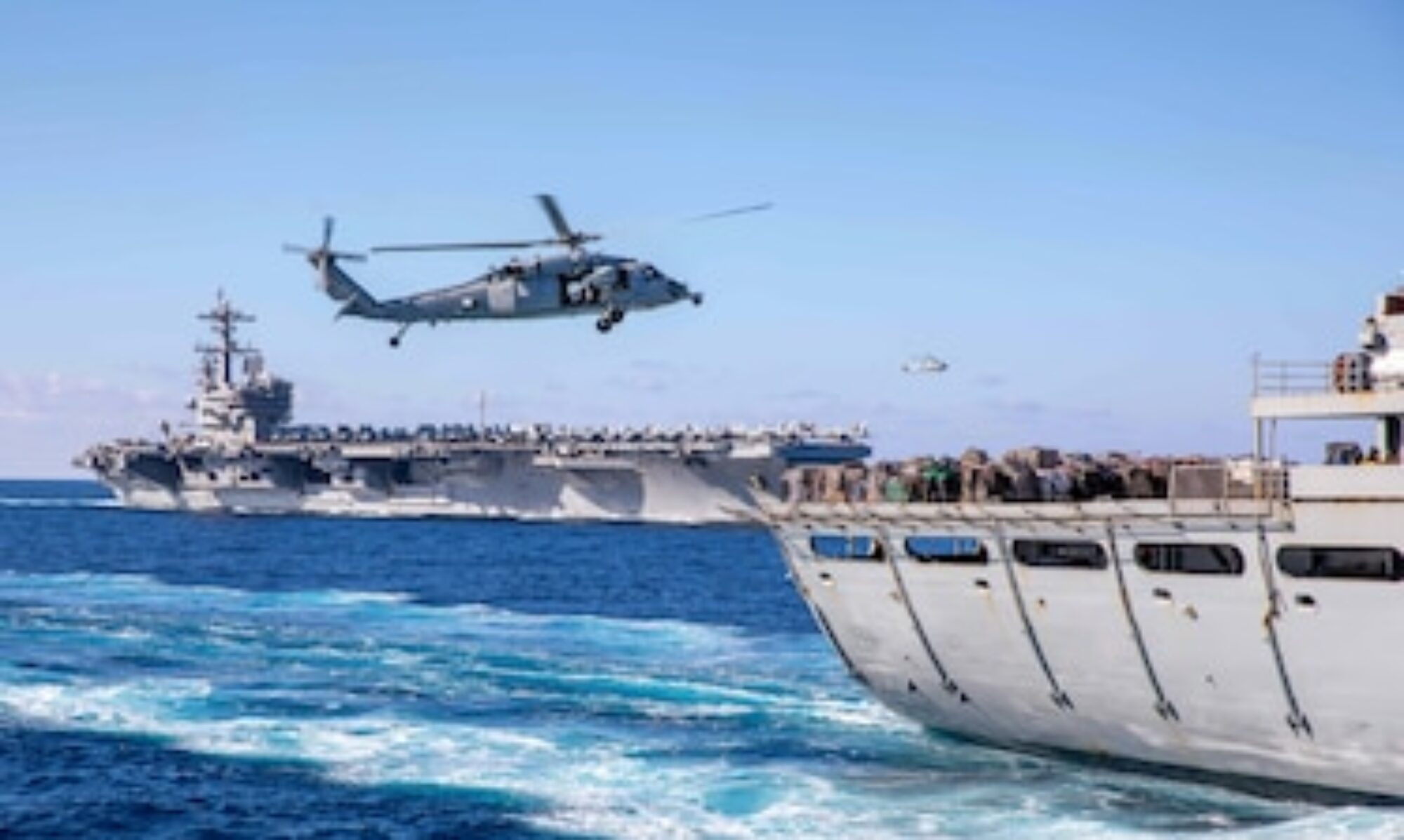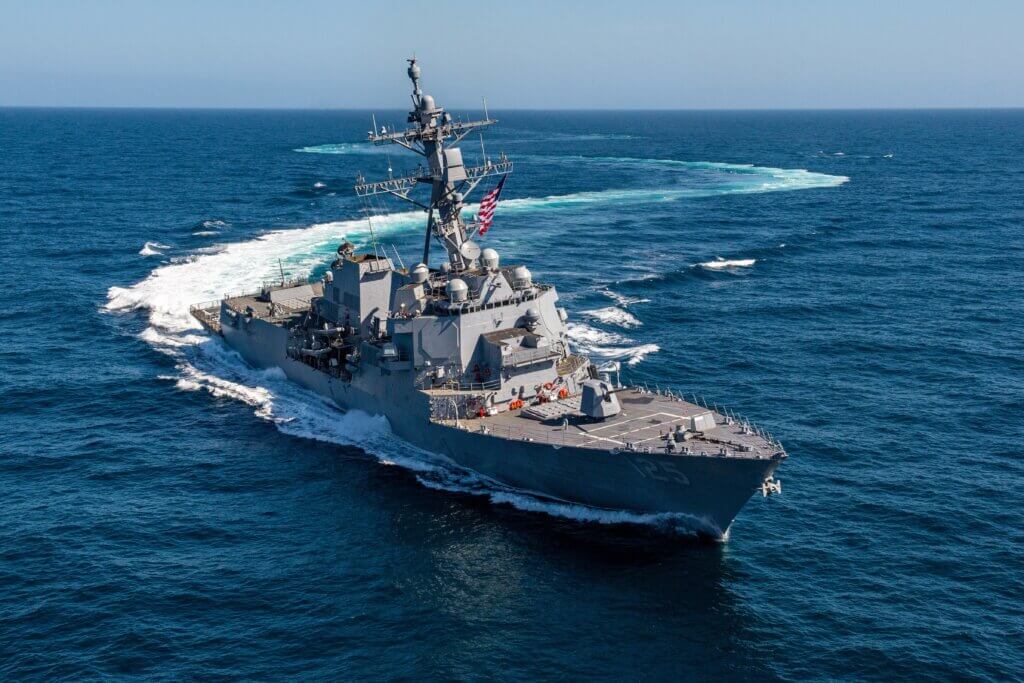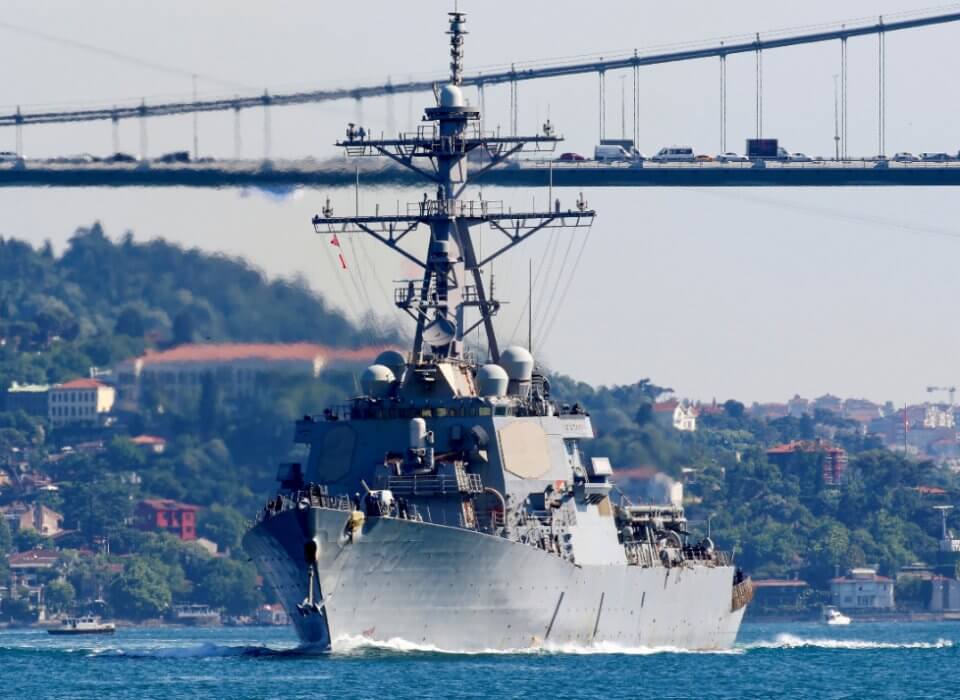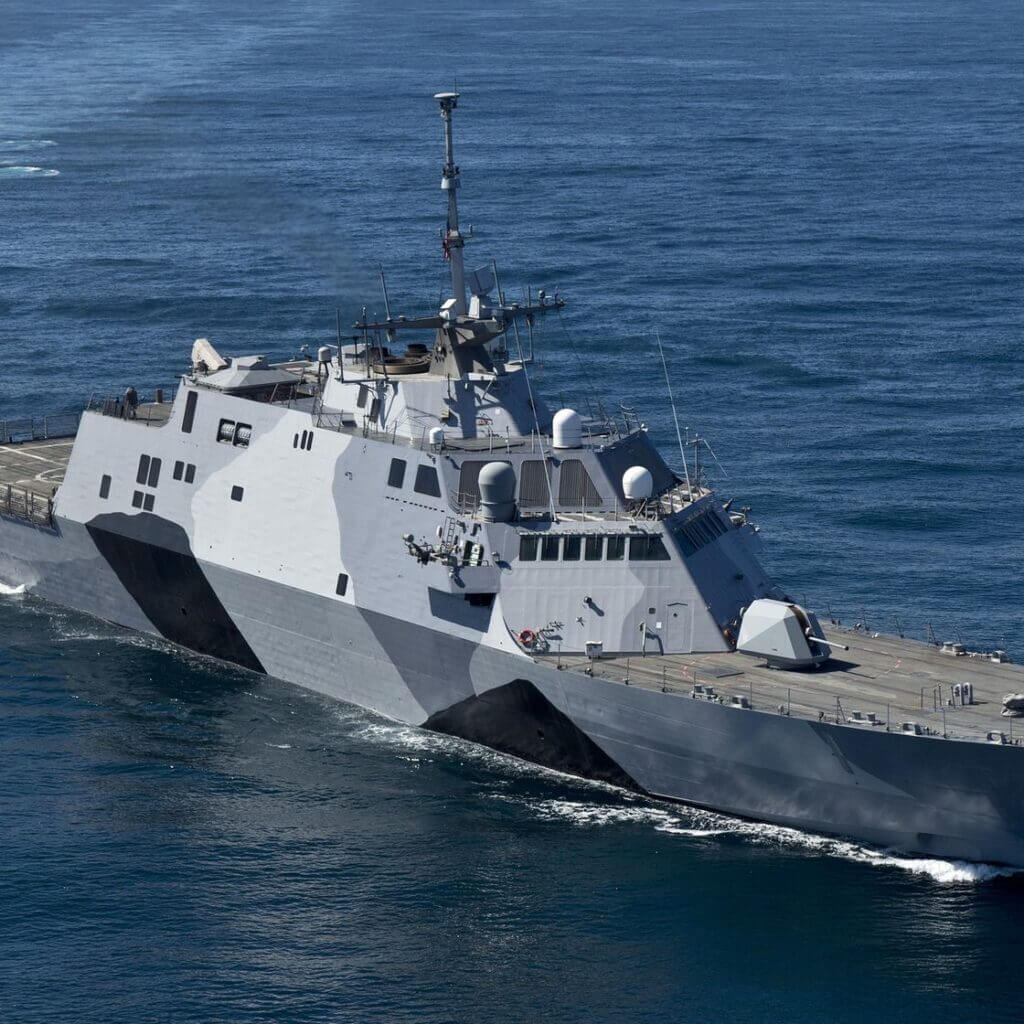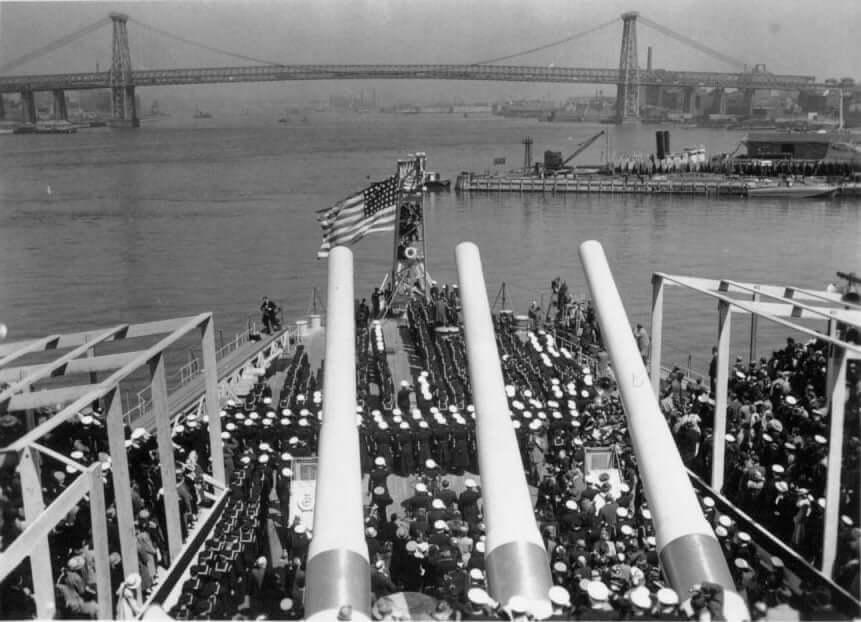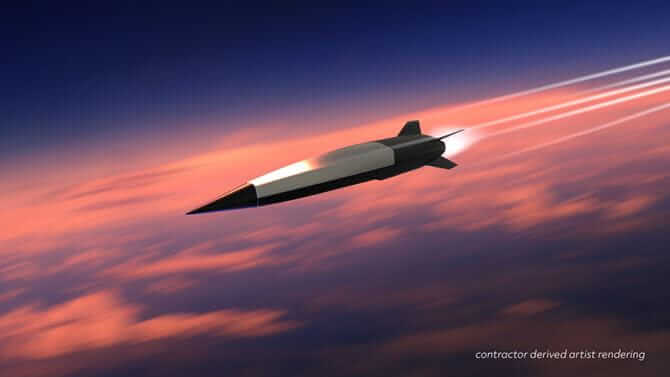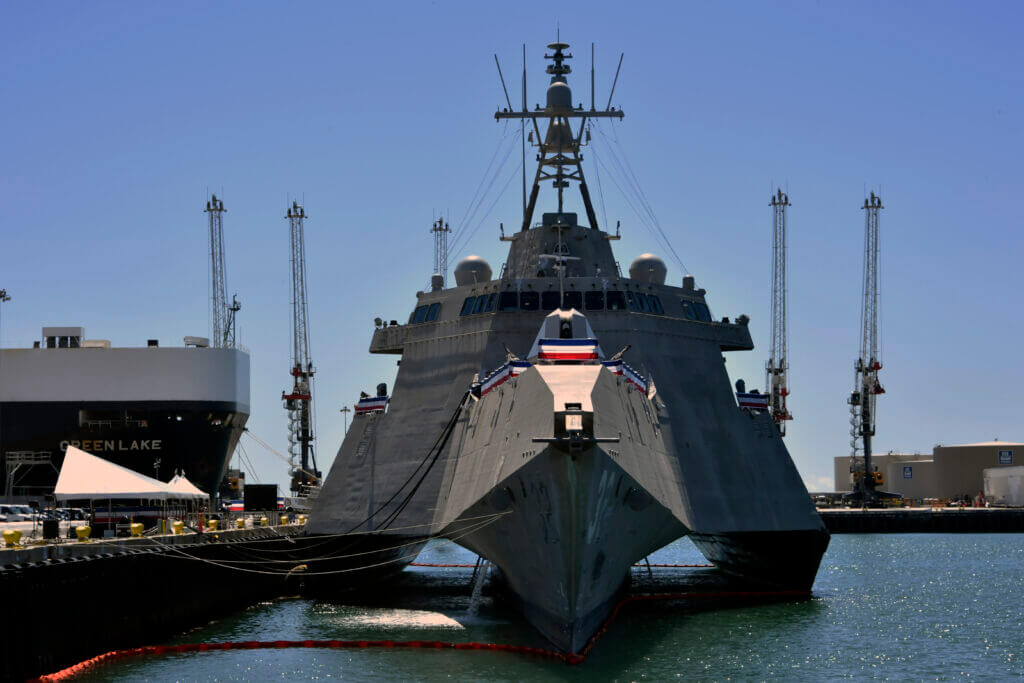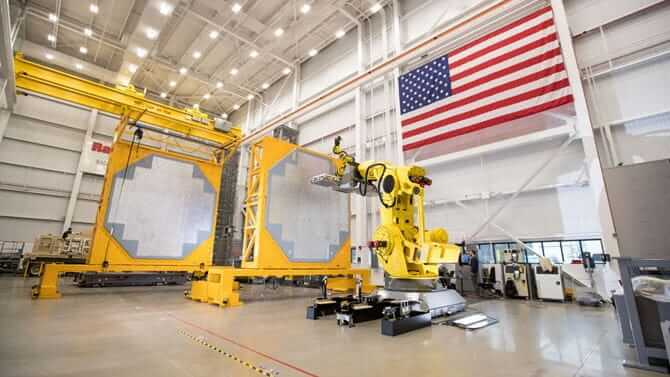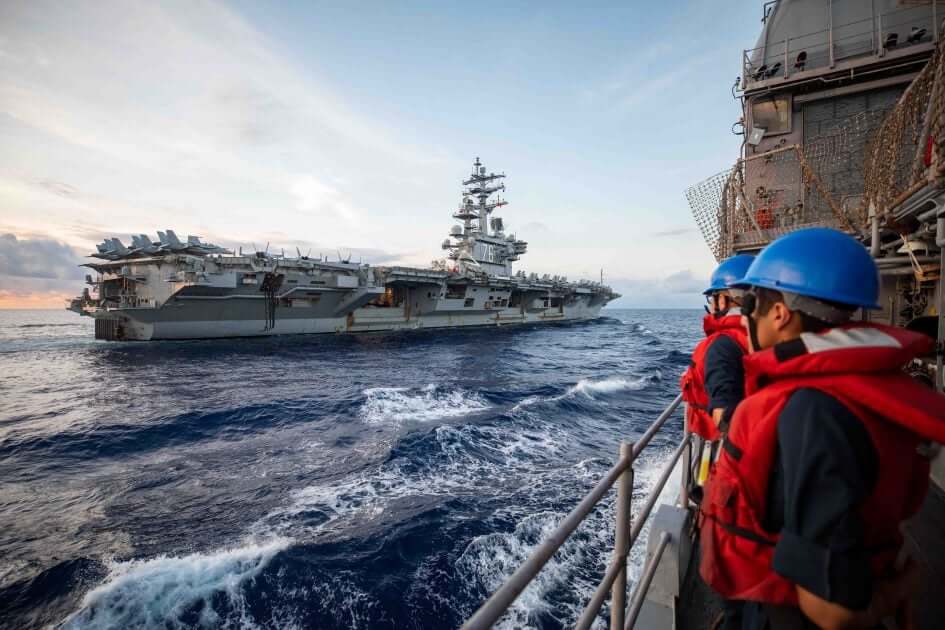
Introduction:
Welcome to Americans for a Stronger Navy’s blog! In this article, we proudly highlight the recent developments surrounding the USS Ronald Reagan Carrier Strike Group as it operates in the South China Sea. As advocates for a robust naval force, we believe that this mission exemplifies our commitment to a stronger Navy and the vital role it plays in safeguarding our national interests. Join us as we delve into the accomplishments of the USS Ronald Reagan and its significance in advancing our mission.
Summary:
In this article, we focus on the deployment of the USS Ronald Reagan Carrier Strike Group in the South China Sea. The presence of the carrier, along with the USS Antietam cruiser and USS Rafael Peralta destroyer, showcases the dedication of the United States Navy to maintaining stability and security in the region. Additionally, we explore the recent joint exercises held with Japanese, French, and Canadian ships, which further demonstrate the collective effort to bolster Indo-Pacific Command’s objectives. These developments highlight the unwavering commitment of the Americans for a Stronger Navy organization and its supporters to strengthen our nation’s naval capabilities.
Key Takeaways:
The USS Ronald Reagan Carrier Strike Group is currently operating in the South China Sea, emphasizing the United States’ commitment to maintaining a strong naval presence in the region.
Joint exercises conducted with allied forces, including Japan, France, and Canada, underscore the cooperative efforts to enhance security and readiness in the Indo-Pacific region.
The deployment of the USS Ronald Reagan exemplifies the Americans for a Stronger Navy’s dedication to a robust naval force and its mission to protect our national interests.
Conclusion:
The presence of the USS Ronald Reagan Carrier Strike Group in the South China Sea represents a significant milestone in our pursuit of a stronger Navy. It serves as a testament to the United States’ unwavering commitment to maintaining stability and safeguarding our national interests.
As Americans, we must recognize the importance of a robust naval force in securing our nation’s future. Join us in supporting the cause of a Stronger Navy and advocating for a steadfast commitment to maintaining a powerful naval presence worldwide. Together, we can ensure the safety, security, and prosperity of our great nation.
